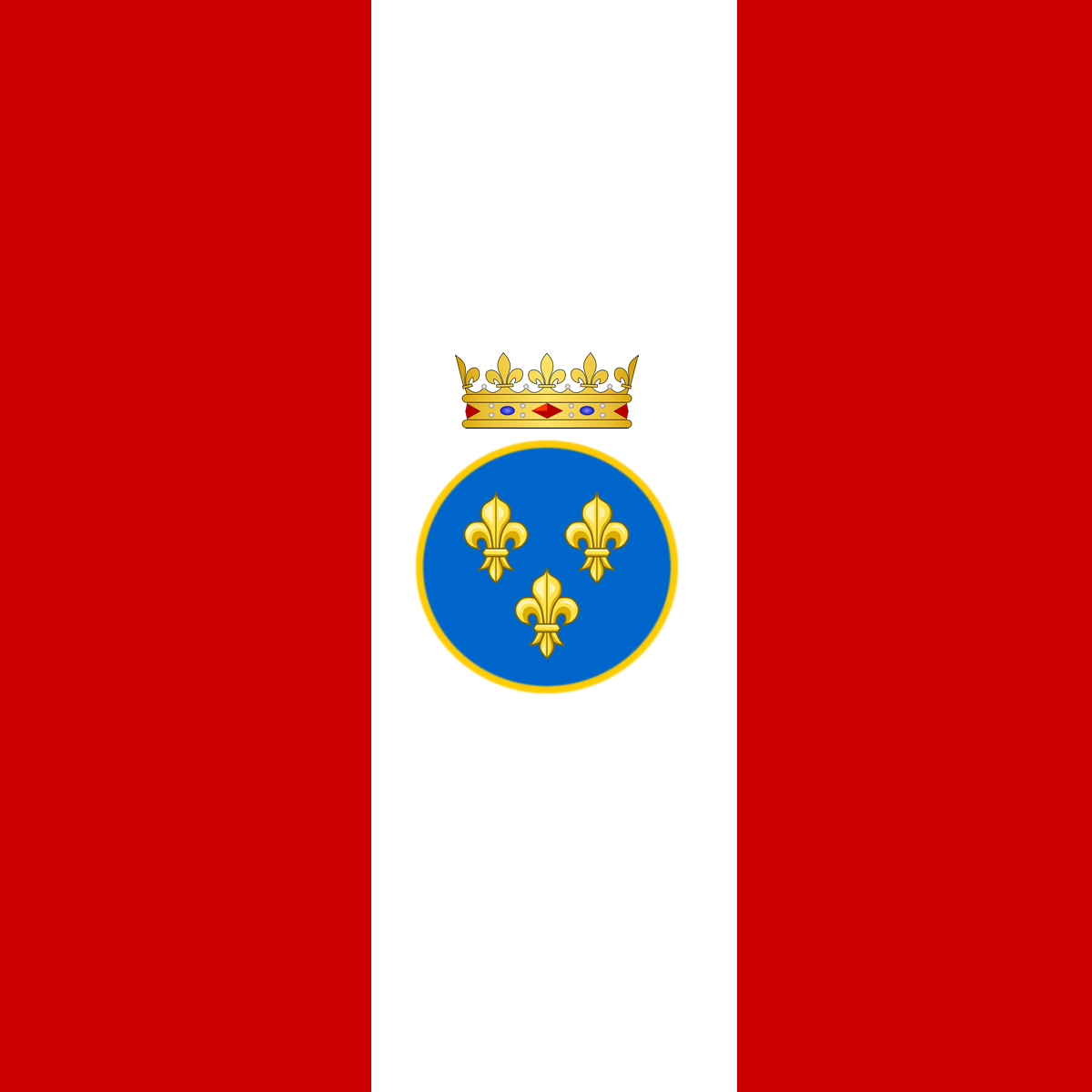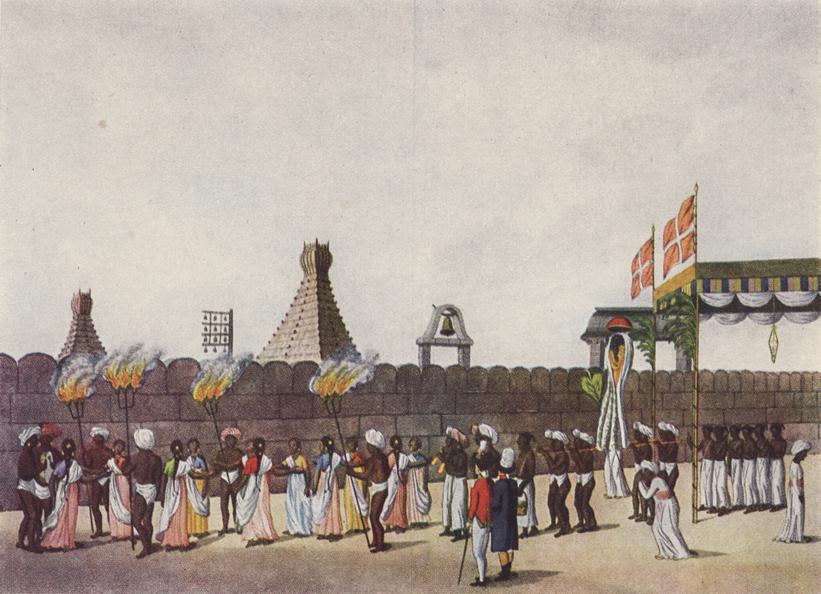In this section, we will briefly discuss the Danish East India Company and the French East India company. Danish India was the name given to the colonies of Denmark (Denmark–Norway before 1814) in India, forming part of the Danish colonial empire. Denmark held colonial possessions in India for 225 years. The Danish colonies in India included the towns of Tranquebar (Tamil Nadu) and Serampore (West Bengal) and the Nicobar Islands.
Establishment of the Danish Trade Monopoly
It was the Dutch adventurer Marcelis de Boshouwer who provided the impetus for Danish involvement in the Indian sub-continent. He wanted military assistance against the Portuguese with a promise of monopoly on all trades to the assisting party. His appeal convinced Christian IV, the King of Denmark-Norway who subsequently issued a charter in 1616 granting the Danish East India Company a monopoly on trade between Denmark and Asia for twelve years.
Danish Chartered Companies
There were two Danish chartered companies. The first company -Danish East India Company -operated between 1616 AD and 1650 AD. Danish East India Company along with the Swedish East India Company imported more tea than the British East India Company and smuggled most of it into England, where it sold at a huge profit.
The company was dissolved in 1650 AD. The second company existed between 1670 AD and 1729 AD, and in 1730 AD it was re-founded as the Asiatic Company. It was granted a 40-year monopoly by a royal license on all Danish trade east of the Cape of Good Hope in 1732 AD. Till 1750 AD, 27 ships from India were sent, with 22 of them survived the journey to Copenhagen. But the company lost its monopoly in 1772 AD.
Serampore Mission Press
It is worth -mentioning that Serampore Mission Press – a historical landmark-was established at Serampore by the Danish missionaries in 1799 AD. Between 1801 AD and 1832 AD the Serampore Mission Press printed 212,000 copies of books in 40 different languages.
End of Danish colonies in India
During the Napoleonic Wars (1803 AD–1815 AD) the British invaded Danish shipping, and devastated the Danish East India Company’s Indian trade, and ultimately captured Danish colonies, making them part of British India. The last Danish colonial post-Serampore was ceded to Britain by Denmark in 1845 AD.
The French East India Company

The French were the last of the European powers to enter the eastern trade. The French East India Company was established in 1664. In 1668 the first French factory was established in Surat. The French established their second factory at Masulipattnam in 1669. The French obtained Pondicherry in 1673 and they built Chandranagore in 1690-92. There was a rivalry between the French and the British and the Dutch for a major share in the eastern trade.
Further, the hostile relations between these powers in Europe also led to war in India. There was hostility between the French and the Dutch in India in 1690 and again in 1721. The French and the British companies clashed in India between 1742 and 1766. The French hopes of establishing their political powers came to an end in the 18th century. In the beginning, the French had their headquarters at Surat but later they shifted it to Pondicherry. The supreme body of the French was known as the “Superior Council of the Indies”. It was headed by a Director-General and he was placed in charge of the French affairs in India. The superior council consisted of a Governor and five members.
The French East India Company was a state-controlled organization and from 1723, it was almost wholly controlled by the French government. The Directors now have become its representatives. The Directors have no powers for all practical purposes. After 1730 the French East India Company had become the national East India Company.
After 1789, the French East India trade was thrown open to individuals. In a way, it is the French who initiated the strategy of interfering in the internal affairs of the Indian states to obtain political mileage and showed the way to the British. While the French failed in their strategy, it is the British who were successful.
Besides the Portuguese, the Dutch, the British, and the French, the Danes entered India as traders in 1616 and obtained Trancquabar port from the Nayaks of Tanjore in 1620 and built a fort there. Though they started factories at Masulipatnam, port Novo, and Serampur, their success in the trading business was short-lived as their sources were scanty. They sold their factories to the British and left India finally in 1845.

